Just 15 minutes by train from Takayama, Hida Furukawa is a hidden gem in Hida City that offers a truly authentic traditional Japanese town experience. Known for its historic and preserved streets and its winter main event, the Santera Mairi Festival.
One of its most unique attractions is the thousands of colorful carp (koi 恋) swimming through the narrow waterways, adding to the town’s picturesque atmosphere. In this article we will explore the 10 best things to do in this picturesque town.
- The Unique Experience of Wearing a Kimono: Obora Kimono
- Setogawa River with 1000 Carp and Beautiful White Houses
- Hida’s Enkou-ji Temple
- Watanabe Sake Brewery
- Mishima Candle Shop
- Honkouji Temple
- Nino-machi Street and Sanno-machi Street
- Imamiya Bridge
- Shinshuji Temple
- Cycling Tour in Rural Japan
- How to Get to Hida Furukawa
The Unique Experience of Wearing a Kimono: Obora Kimono
This was my first time wearing a kimono, a truly unique and unforgettable experience. As soon as I stepped into Obora Kimono, I was captivated by the delicate beauty of everything around me: the vibrant colors, the exquisite fabrics, the serene atmosphere, and the kindness of the women assisting me. The rental was surprisingly affordable, costing only 4,400 yen. Appointments started at 10am, and the kimono had to be returned by 4pm.
Choosing a kimono was no easy task, as each one was stunning in its own way. After carefully considering my options, I finally selected one, and a staff member reassured me that my choice was a perfect seasonal representation. She then helped me pick an obi (decorative belt) that complemented both the kimono and my height.
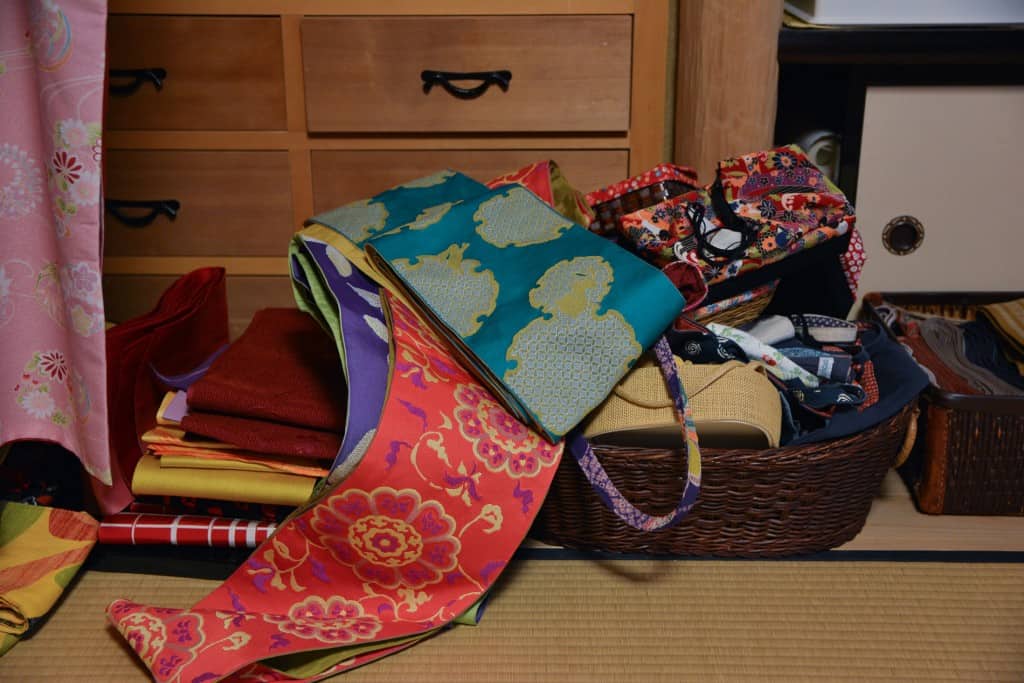
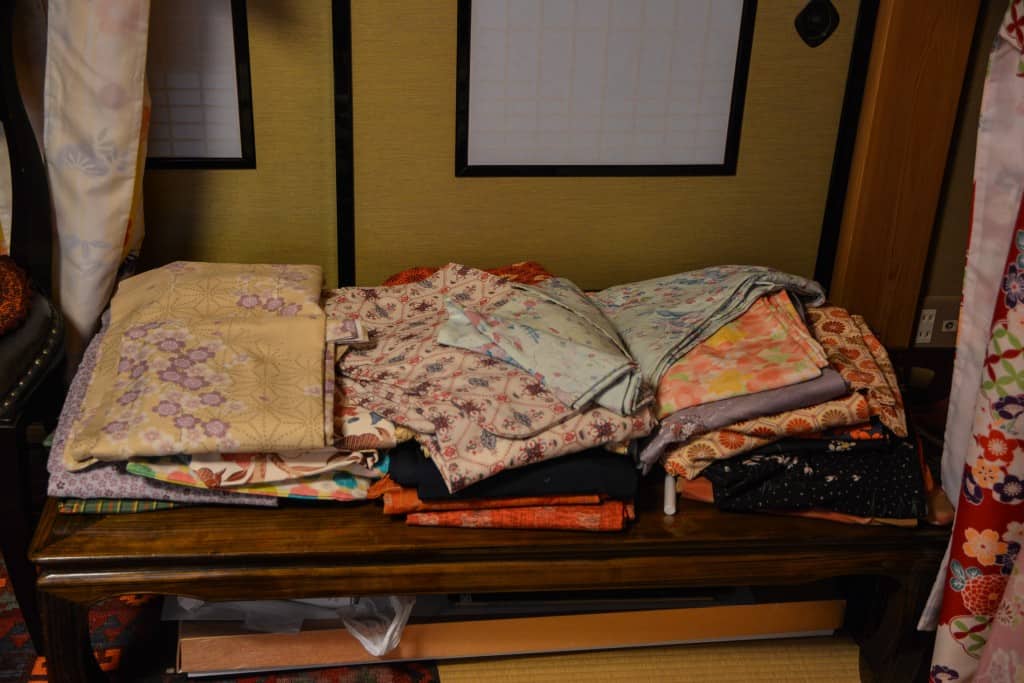
As I watched them expertly dress me, I was fascinated by the meticulous technique involved. While I could keep my top on, I had to remove my pants before donning a juban 襦袢, a fine cotton undergarment. I hadn’t realized just how many layers and belts were needed beneath the main sash to achieve the perfect fit. Each adjustment was made with precision, gradually tightening the kimono until it fit snugly.
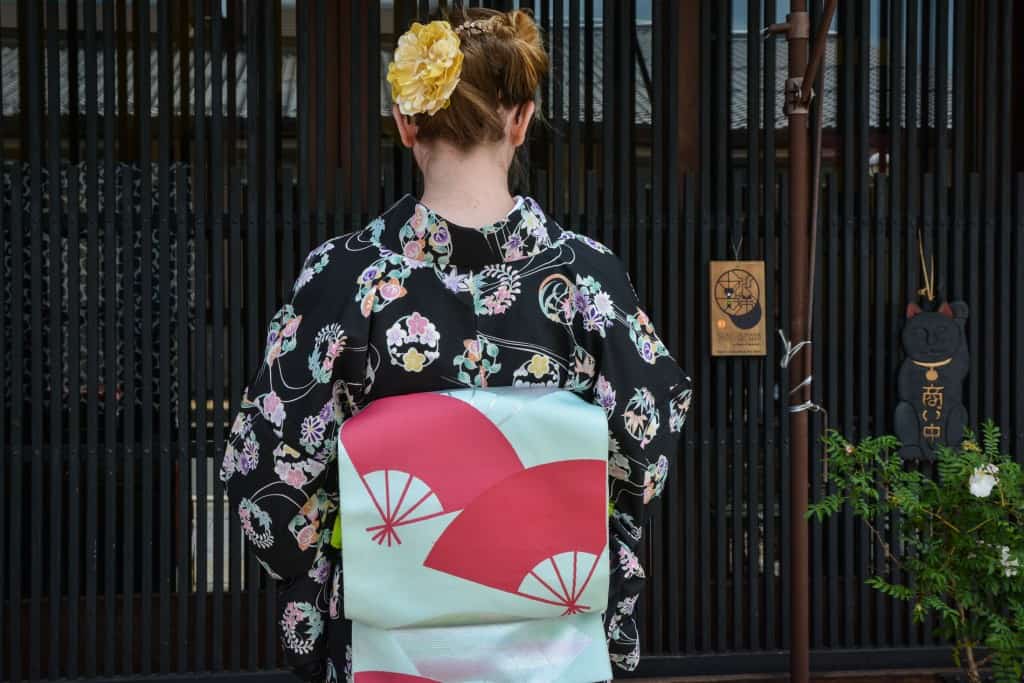
Once dressed, I slipped on tabi 足袋 socks, which allowed me to wear the traditional wooden sandals known as geta下駄. The transformation was complete: I felt elegant, graceful, and ready to wander through the charming streets of Hida Furukawa. Before stepping outside, I picked up an umbrella to shield myself from the warm morning sun, fully prepared to embrace this timeless tradition.
Setogawa River with 1,000 Carp and Beautiful White Houses
Dressed in my kimono, I wandered through the picturesque streets of Hida Furukawa, immersing myself in its timeless charm. My stroll began along the narrow alleys beside the Setogawa Canal, where rows of elegant white-walled buildings, once granaries, lined the water’s edge.
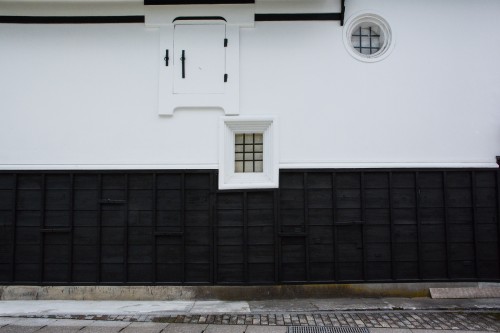
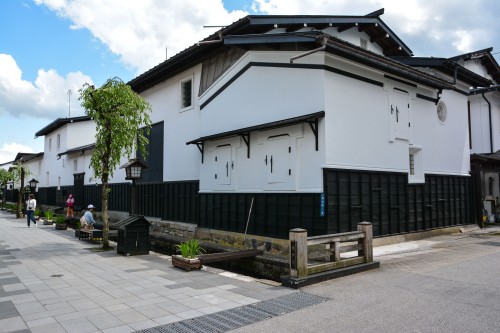
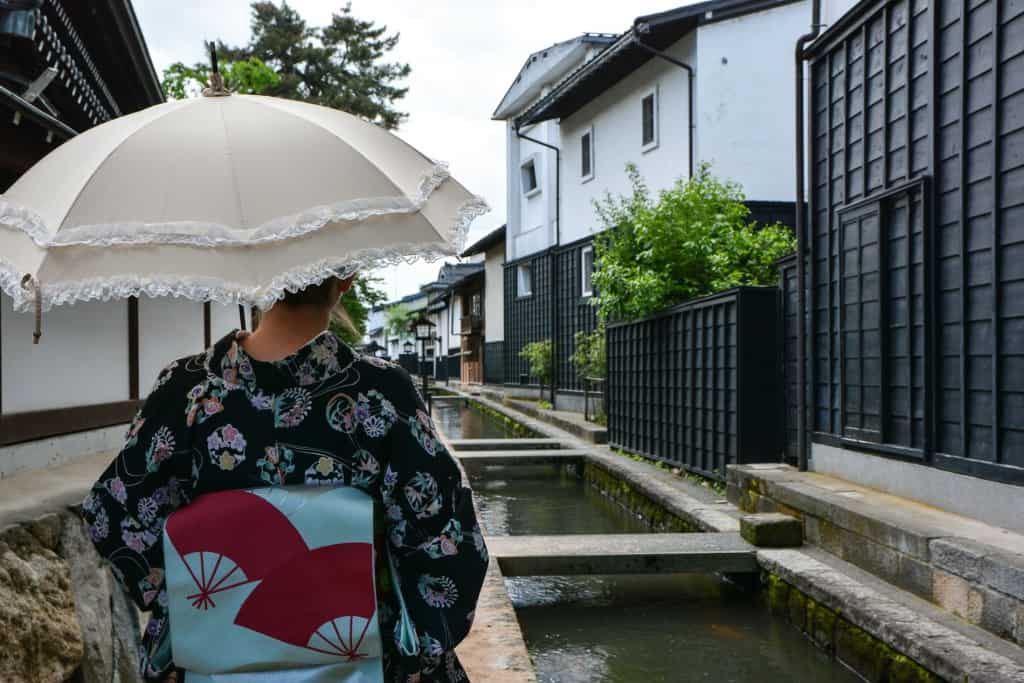
Historically, the canal’s pristine waters were used by locals for washing vegetables. However, over time, pollution took its toll. In 1968, authorities introduced thousands of carp to naturally clean the water, a practice that continues today. From April to November, the colorful fish gracefully swim through the canal, delighting both residents and visitors. When winter arrives, each carp is carefully relocated to a nearby pond, ensuring their well-being until spring.
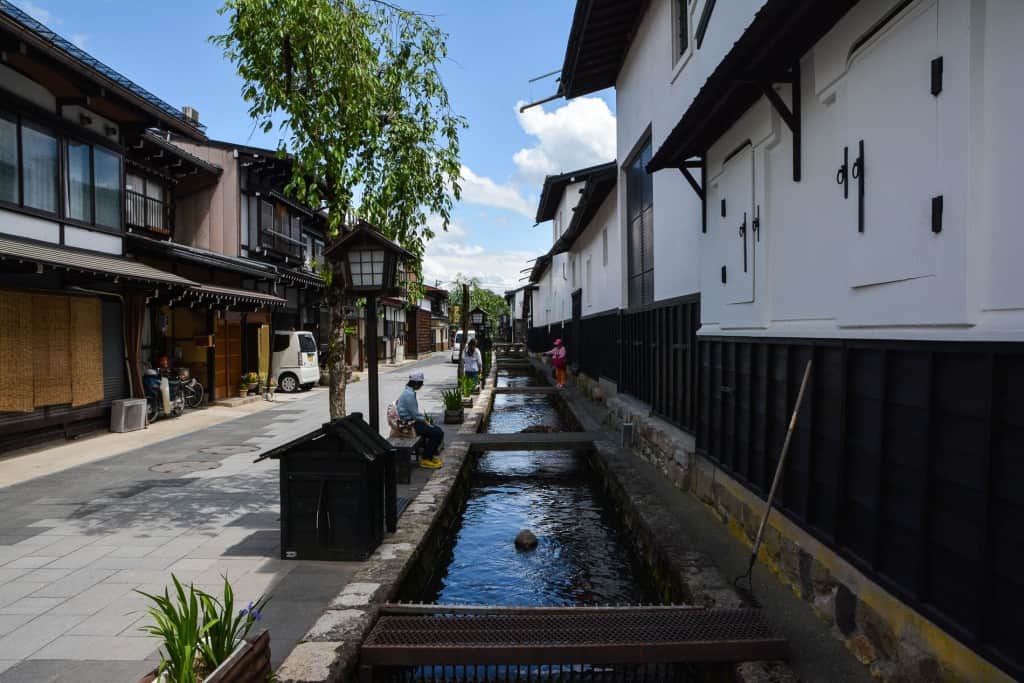
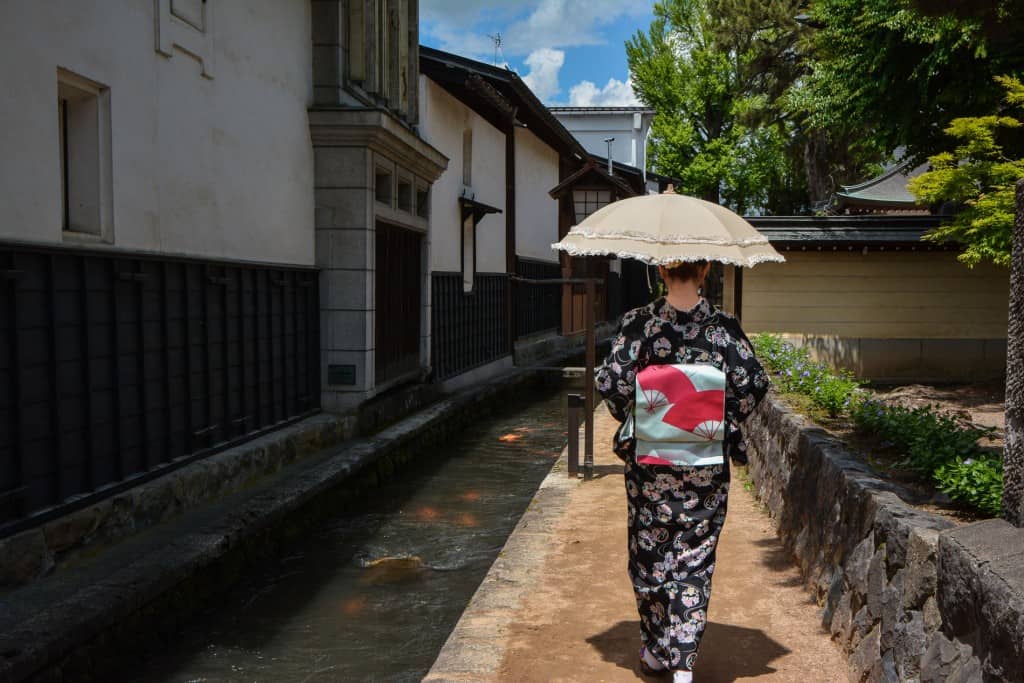
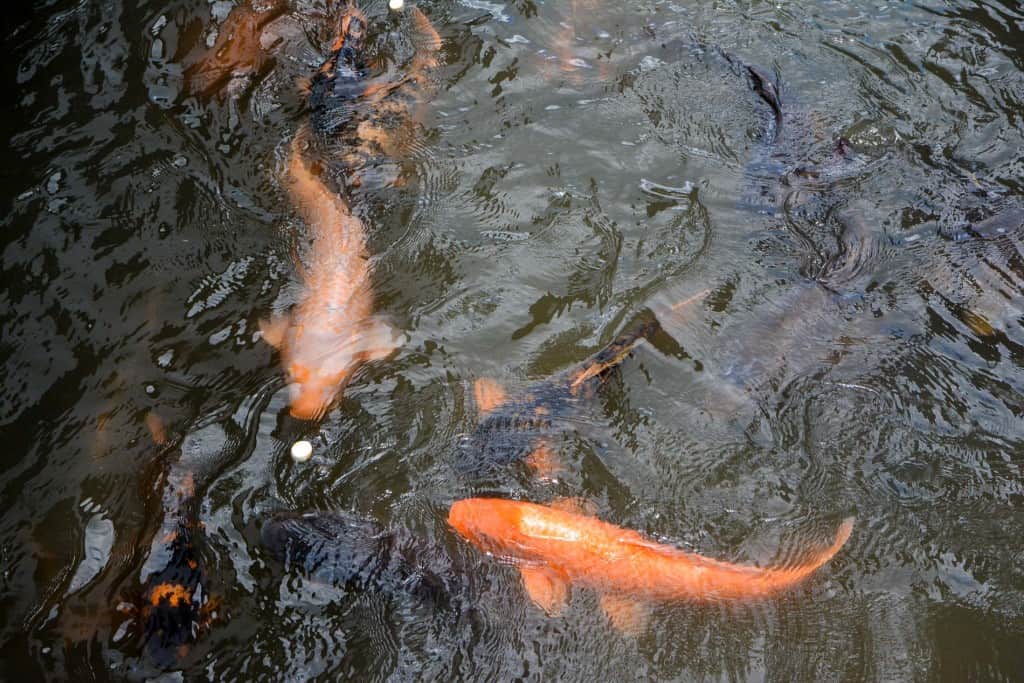
As I walked through this quaint village, wrapped in my kimono, I felt an undeniable sense of belonging. The town’s authentic and serene atmosphere perfectly complemented the elegance of my attire, making my experience all the more magical.
Hida’s Enkou-ji Temple
Enkō-ji Temple is a serene Buddhist temple located along the picturesque canal of Hida Furukawa. Known for its tranquil atmosphere and traditional architecture, it offers visitors a peaceful retreat while exploring the historic town.
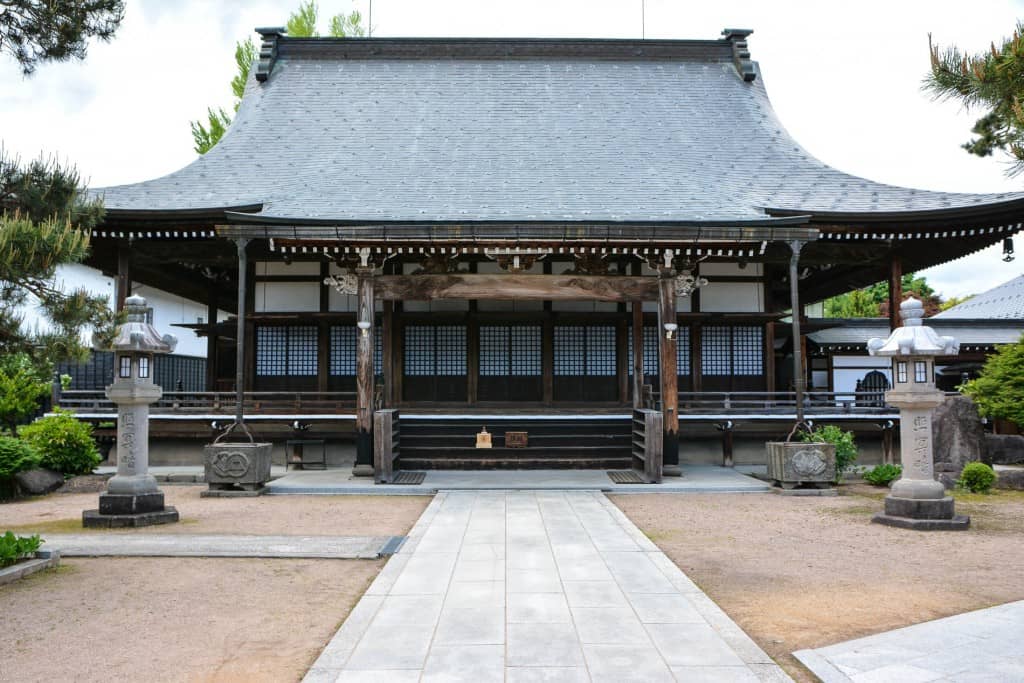
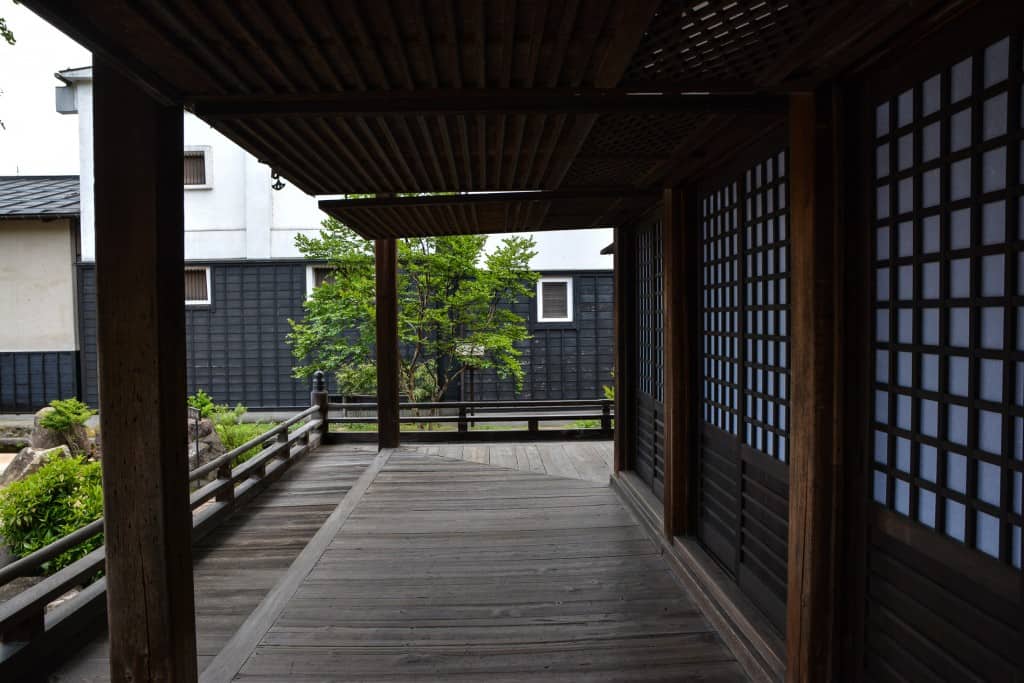
Watanabe Sake Brewery
The pristine underground streams of Japan’s Alps play a crucial role in refining the rice used to craft Hida Furukawa’s exceptional sake. This rich brewing tradition is evident in the town’s two renowned sake breweries, including the historic Watanabe Sake Brewery, founded in 1870. Here, visitors can enjoy sake tastings, exploring both dry and sweet varieties. Notably, the brewery also has an American craftsman among its team, showcasing the international appreciation for Japan’s revered brewing techniques.
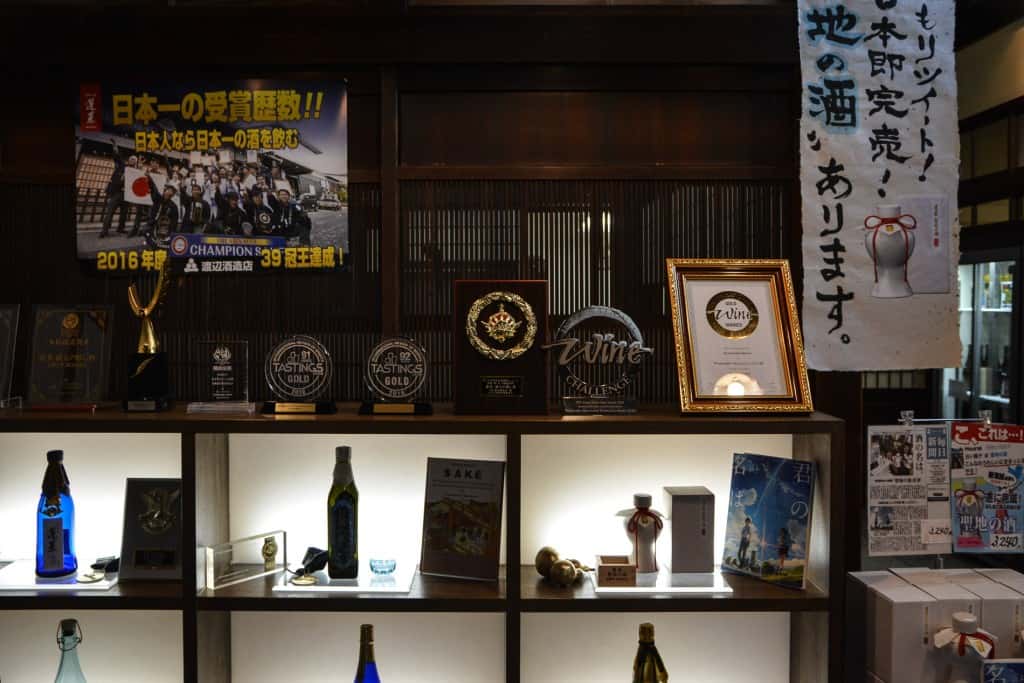
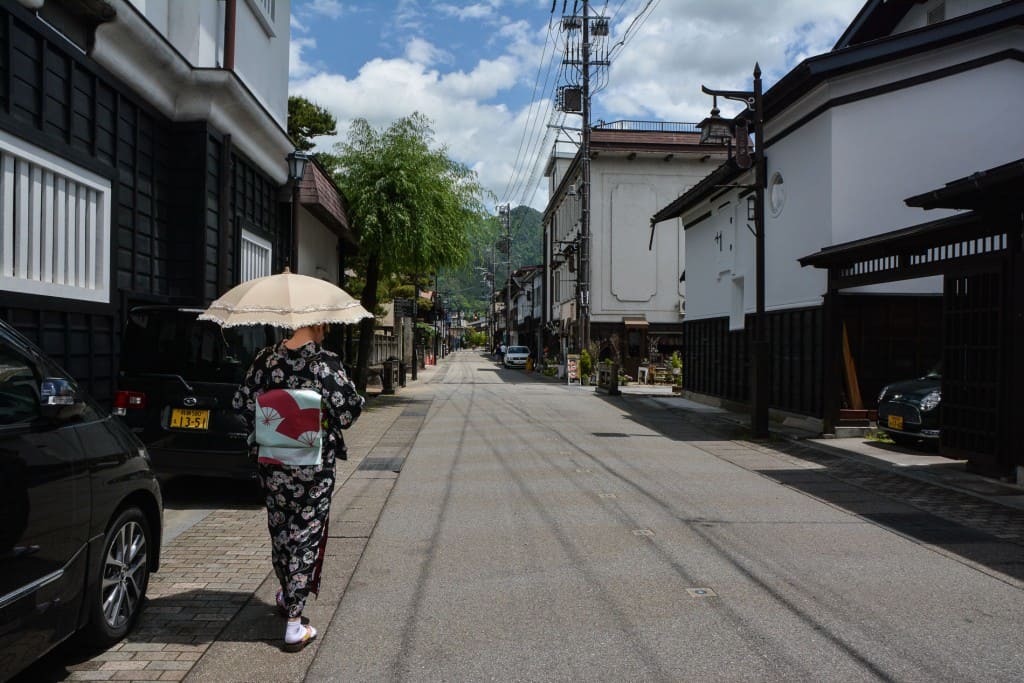
Mishima Candle Shop
This traditional candle shop has been passed down through seven generations and is one of fewer than ten in Japan that still crafts handmade candles using natural plant-based ingredients. Master artisan Junji Mishima meticulously shapes each candle using time-honored techniques. Watching his craftsmanship in action offers a rare glimpse into this nearly forgotten art form.
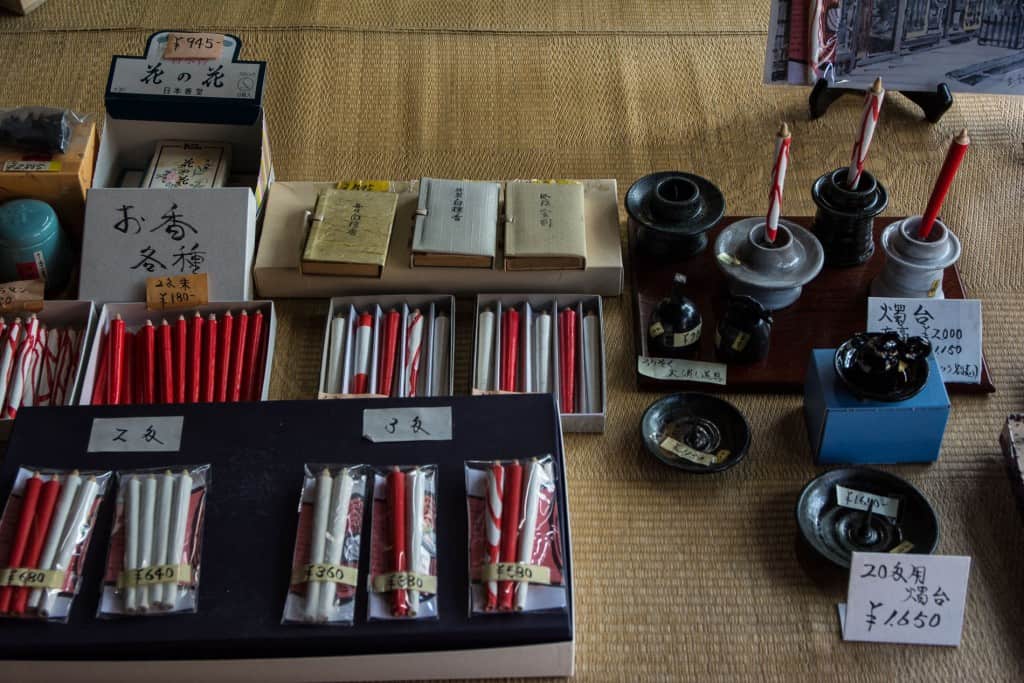
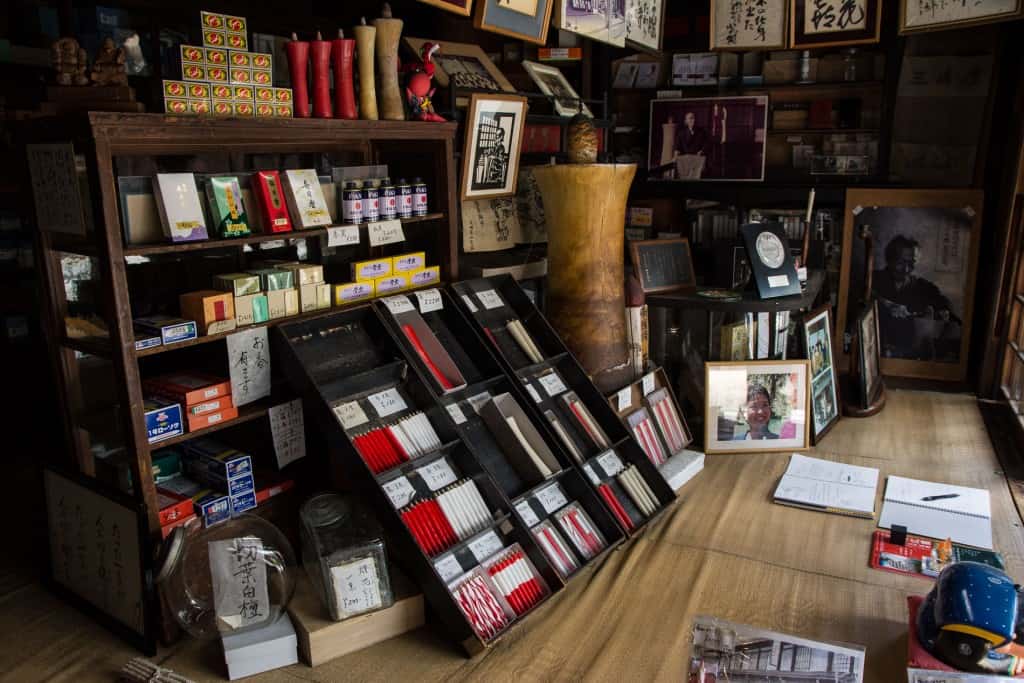
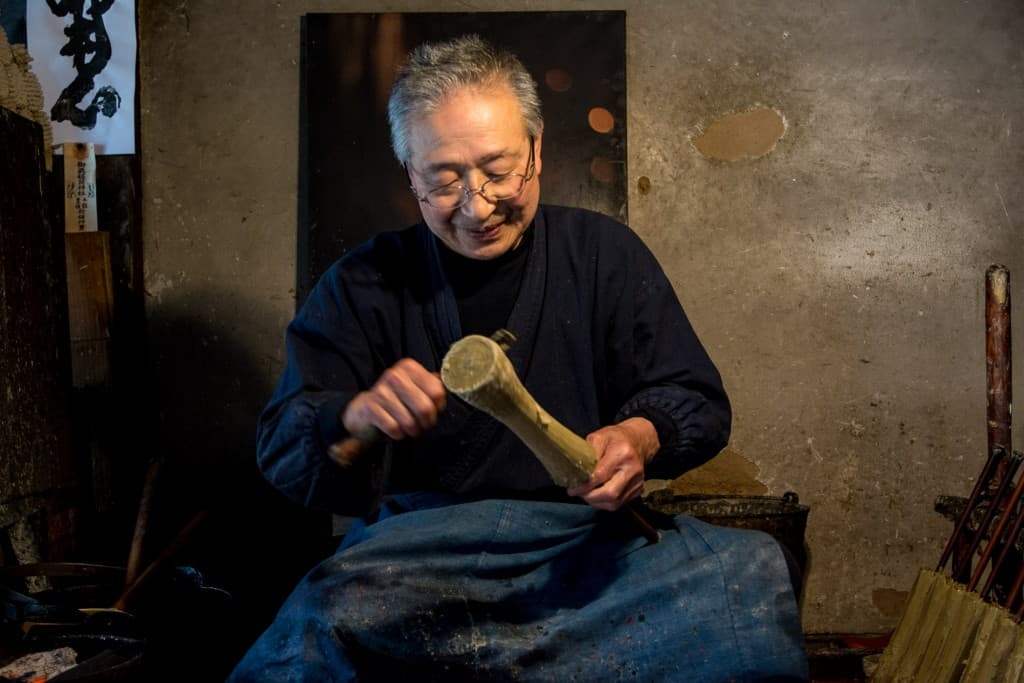
Honkouji Temple
Honkouji Temple is the largest wooden temple in the Hida area, standing as an impressive and majestic structure. Rebuilt after a fire in 1904, it showcases remarkable architecture that reflects the region’s rich history and craftmanship.
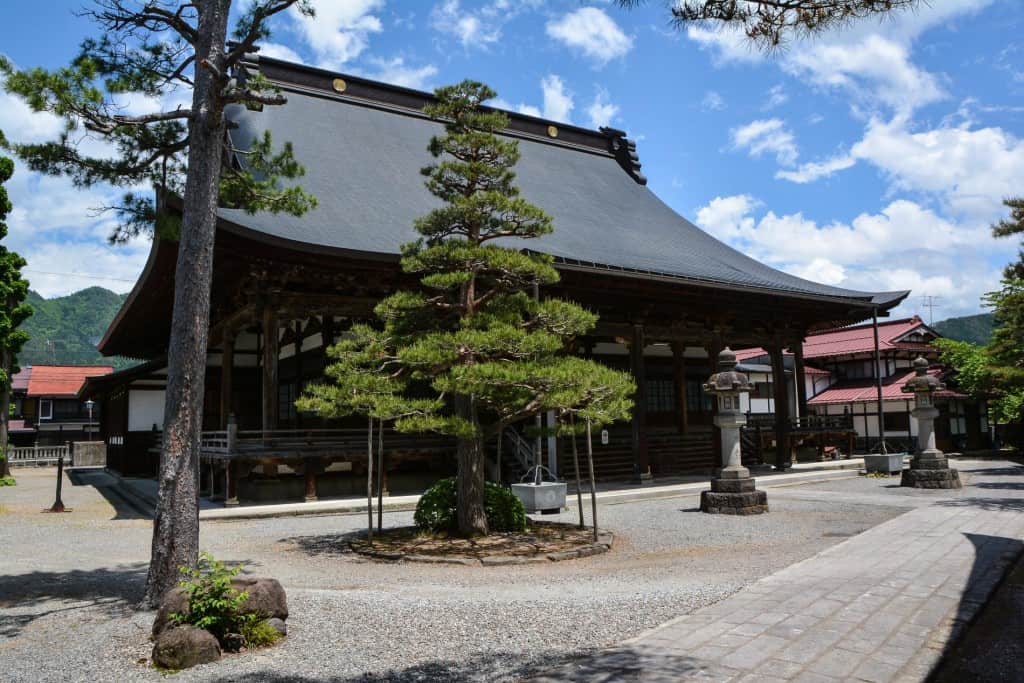
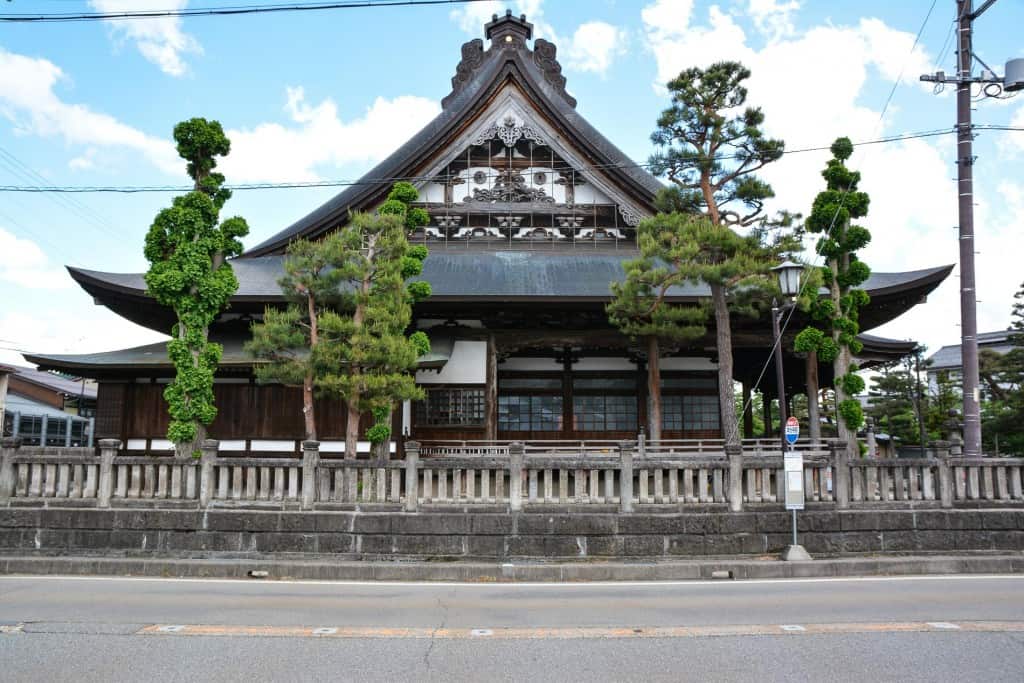
Nino-machi Street and Sanno-machi Street
Nino-machi Street and Sanno-machi Street captivate with their beauty and authentic charm, as many locals still reside in their traditional homes. What makes these streets special is their balance between tourism and everyday life — they remain vibrant, lived-in spaces rather than purely commercial areas.
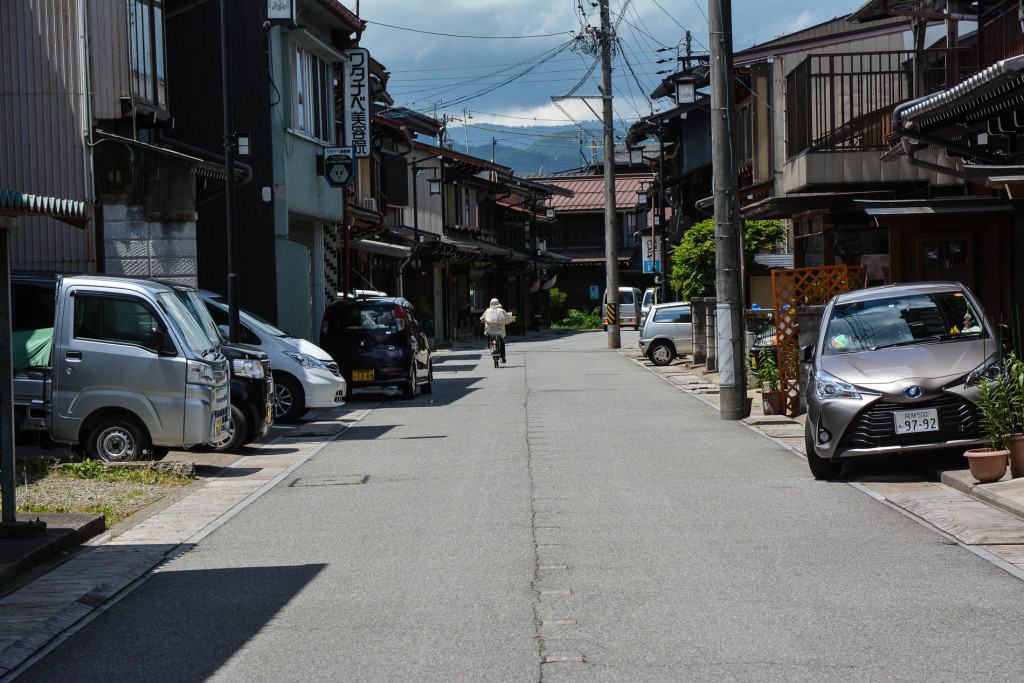
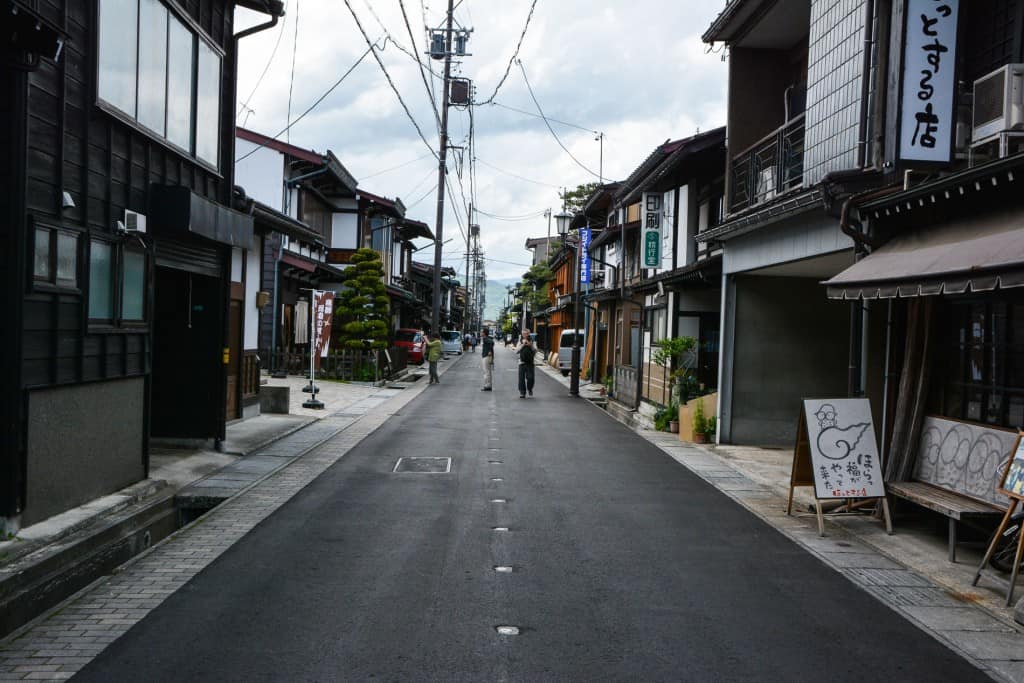
As you explore Hida Furukawa, you may come across Yatai Gura, large white warehouses marked with black signs above their doors. These structures serve as storage for the grand mikoshi 神輿 (portable shrines) used during city festivals, such as the Okoshi-Daiko, the grand matsuri held annually on April 19 and 20.
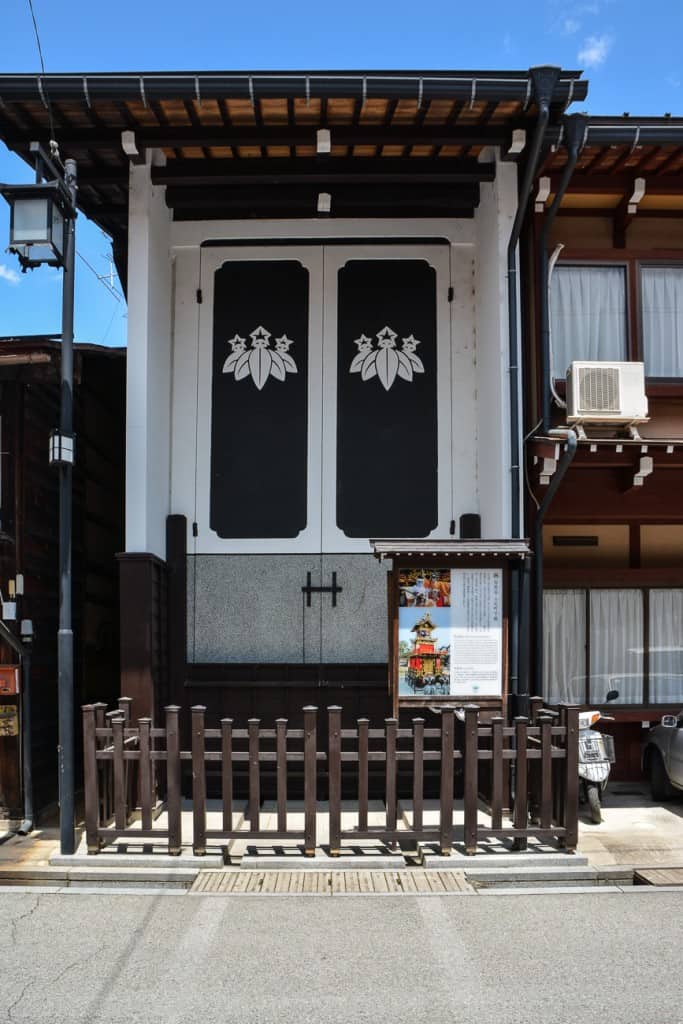
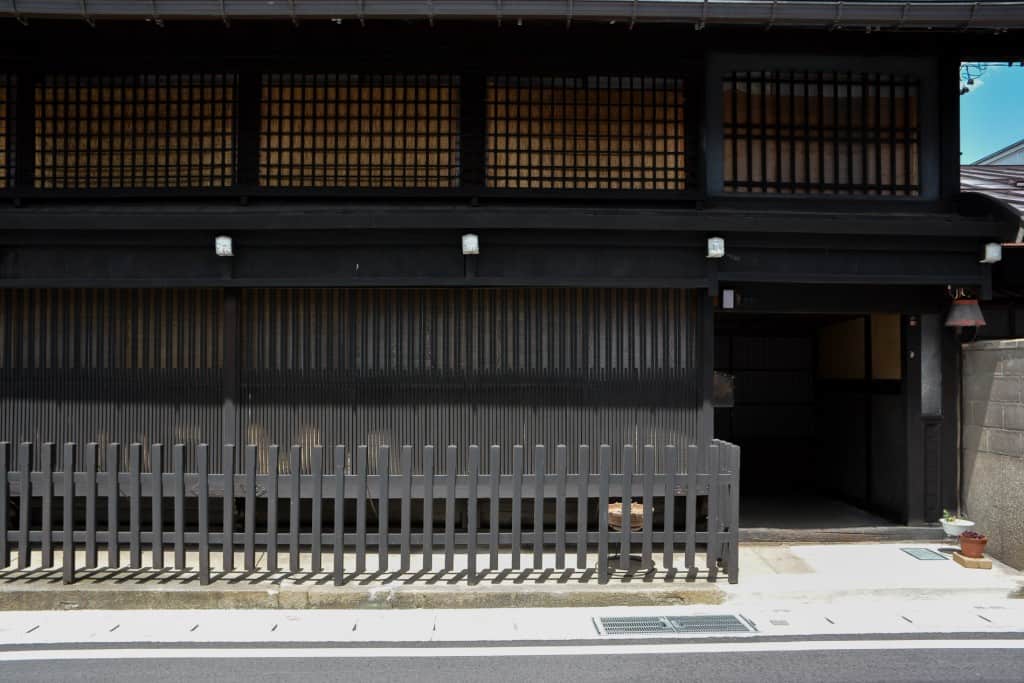
Imamiya Bridge
During my promenade, I bumped into Imamiya Bridge, a charming red bridge in Hida Furukawa that spans the town’s scenic Seto River.
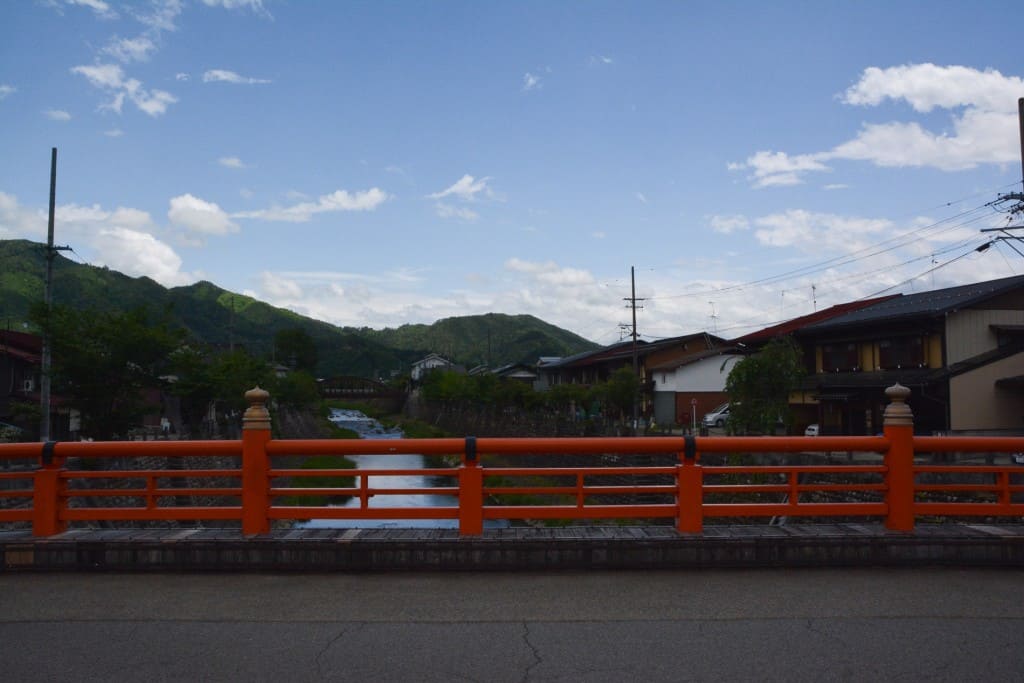
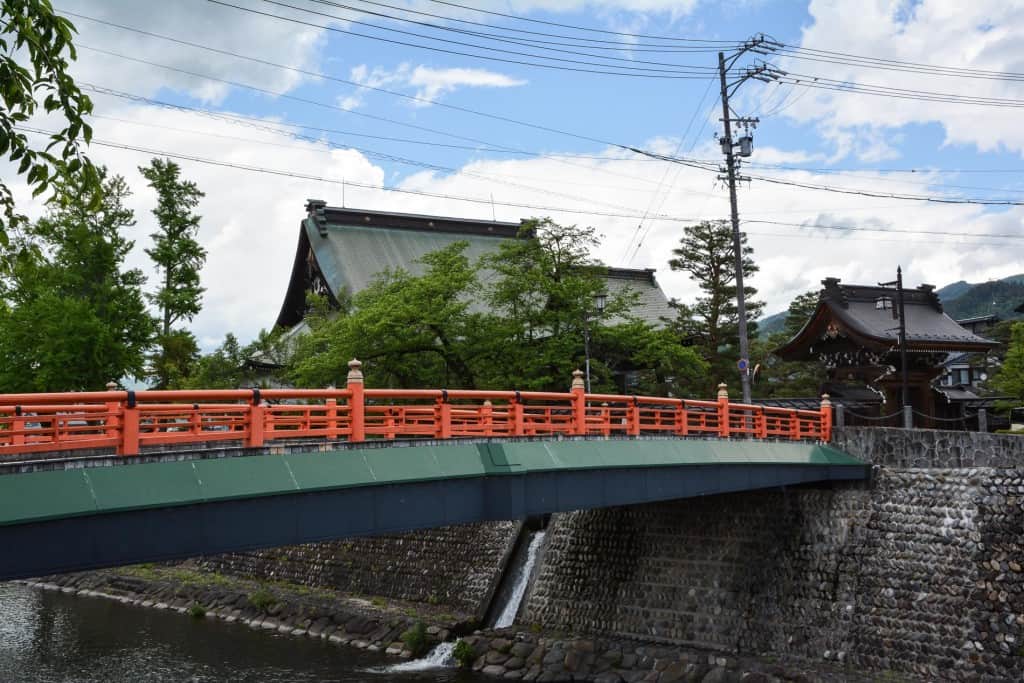
Shinshuji Temple
Shinshuji Temple once gleamed with a gold-leaf covering, showcasing the remarkable craftsmanship of its carpenters. Today, visitors can still admire the intricate woodwork and the serene beauty of the temple grounds.
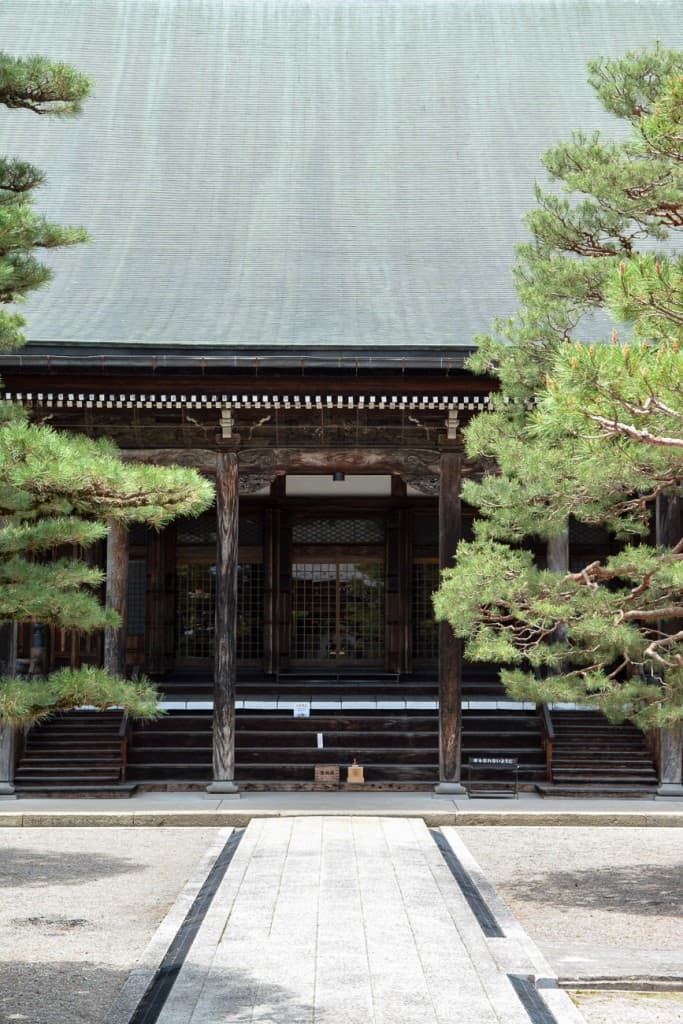
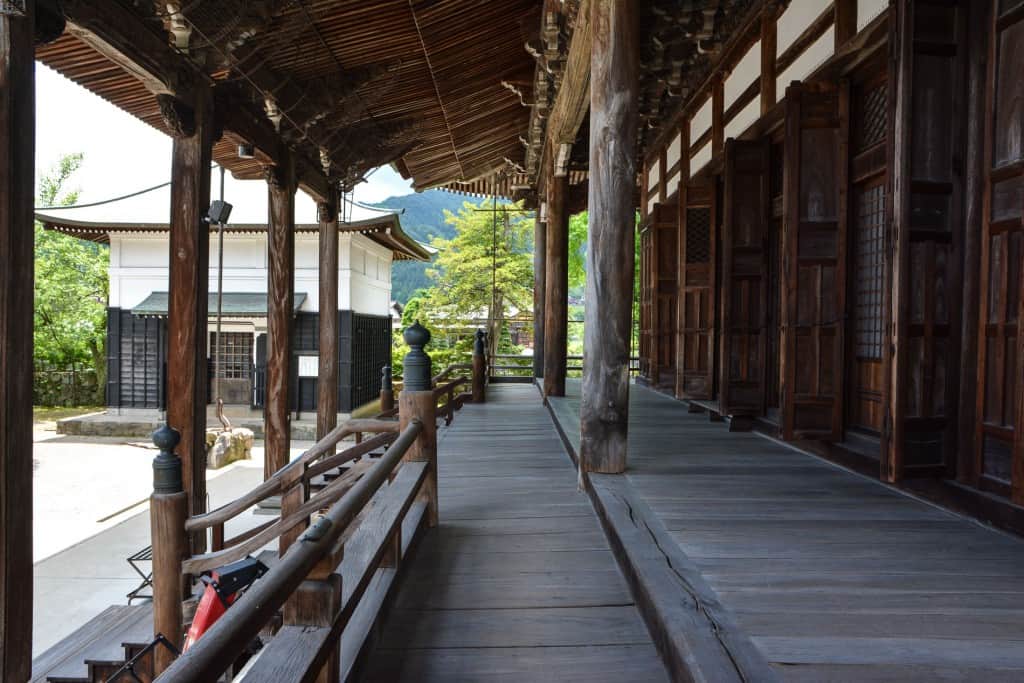
Cycling Tour in Rural Japan
At Satoyama Experience you can experience more activities to learn more about Hida, such as cycling tours and trips to see the beauty of Hida Furukawa and experience the Japanese countryside.
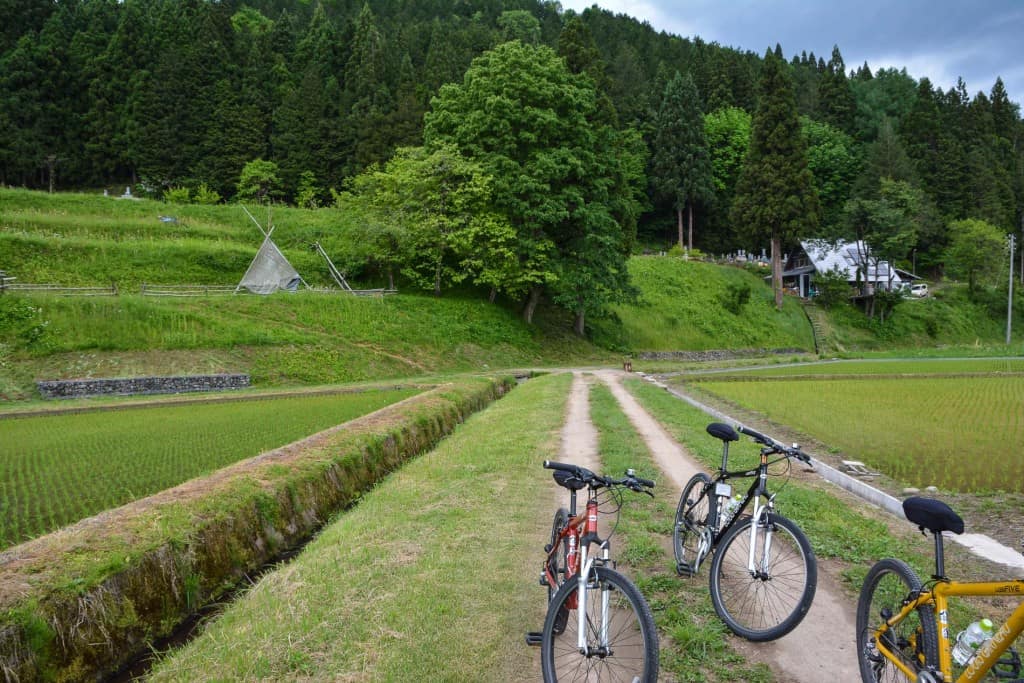
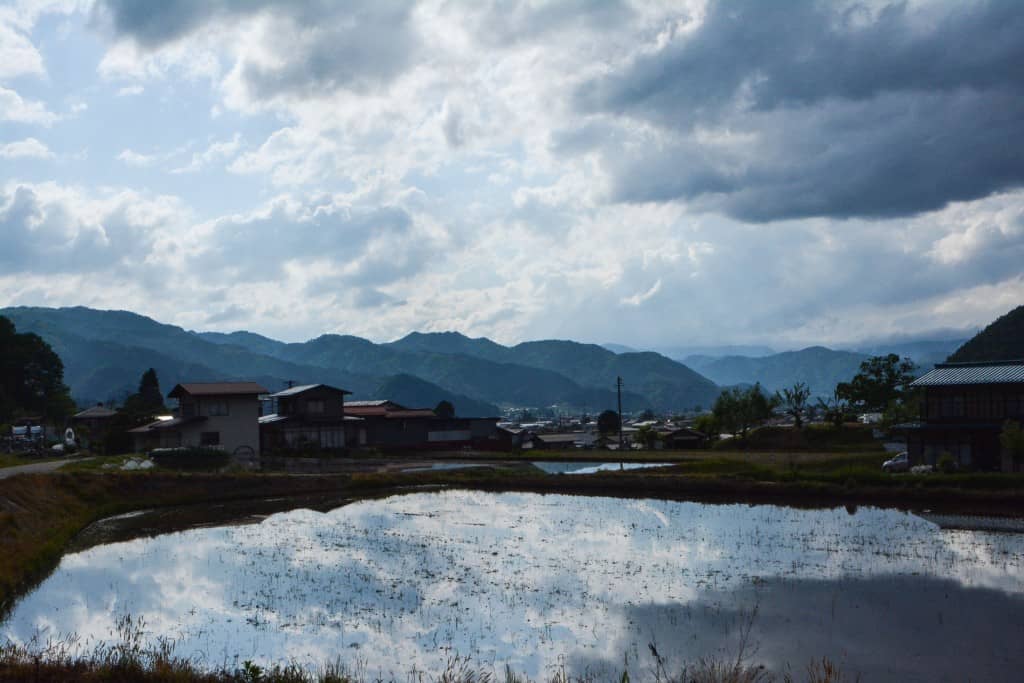
How to Get to Hida Furukawa
Hida Furukawa is easily accessible from major cities in Japan. From Tokyo, the journey takes about 4 hours by taking the Tokaido Shinkansen to Nagoya, then transferring to the JR Limited Express Wide View Hida (JR Pass is valid). Alternatively, you can take the Hokuriku Shinkansen to Toyama and transfer to the JR Takayama Line. Travel times from other locations include 2 hours from Kanazawa, 3.5 hours from Kyoto, and just 15 minutes from Takayama, making it a convenient destination for travelers exploring the Hida region.
Hida Furukawa is a beautiful place worth stopping by during your trip along the Japanese Alps. If you want to read more about Hida, check out this website. Whether you’re exploring its picturesque canals, admiring the craftsmanship of local artisans, or experiencing its vibrant festivals, this charming town offers an authentic glimpse into Japan’s cultural heritage, the perfect place to add to your itinerary.
Sponsored by Hida City
Originally published on June 14, 2017
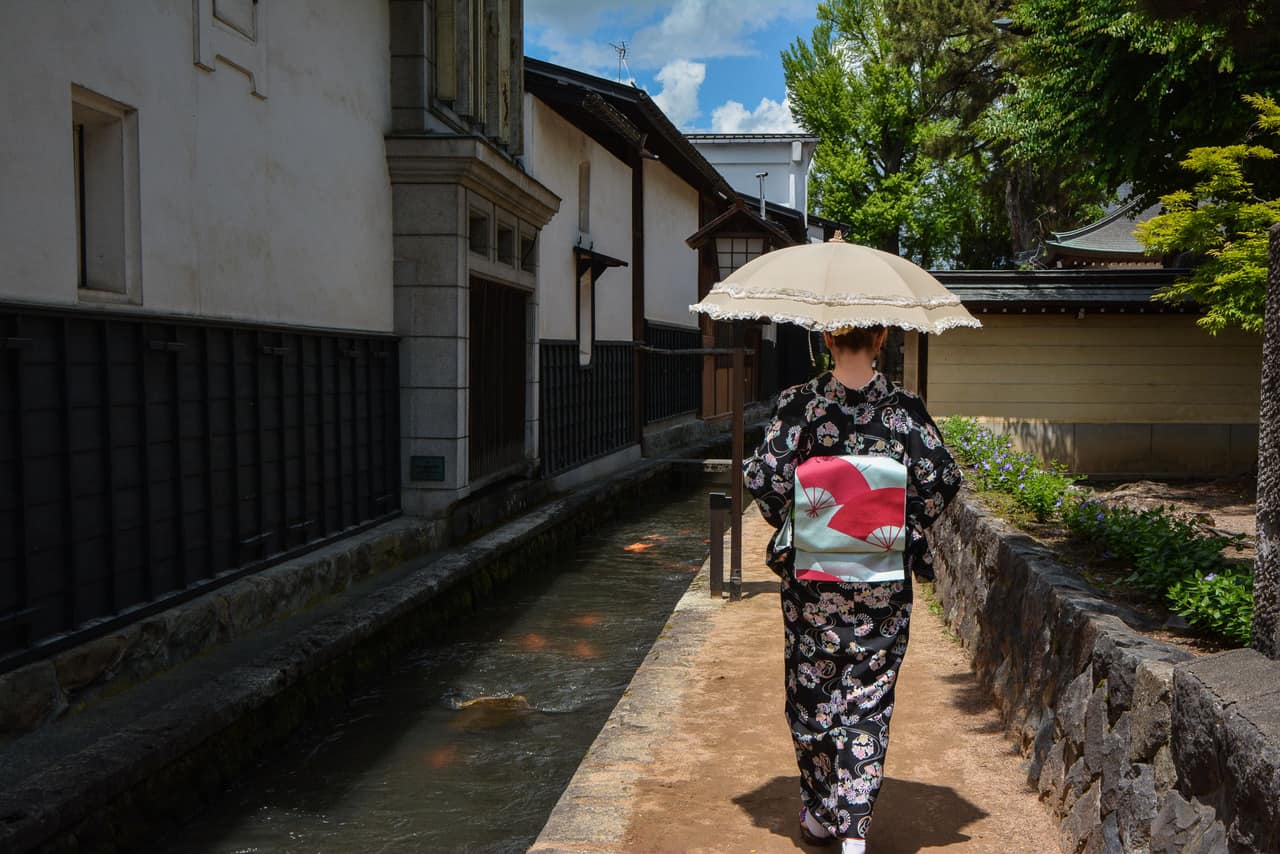
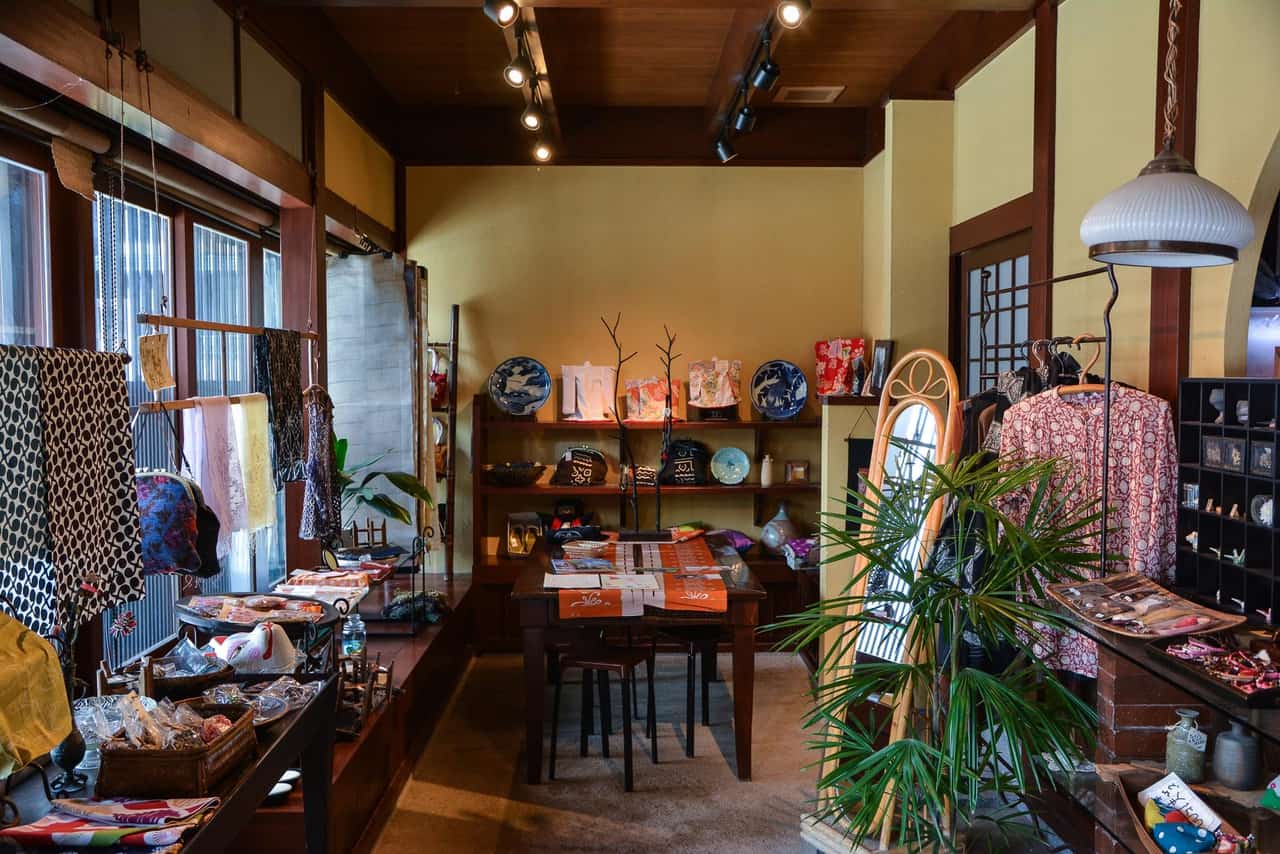
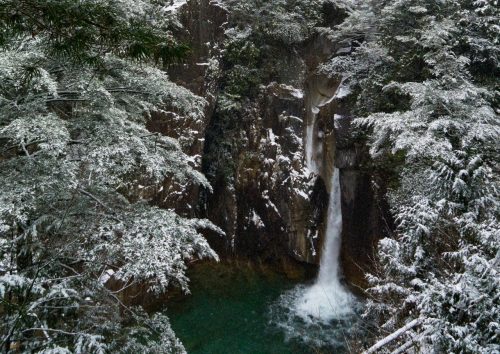
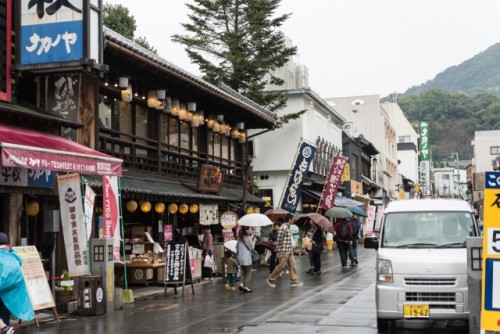
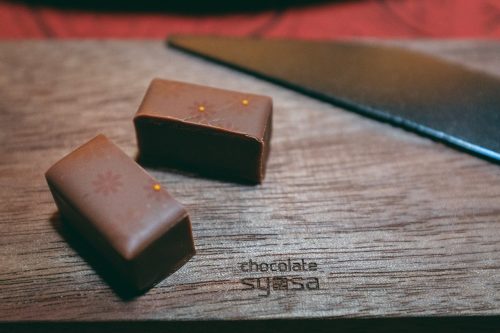
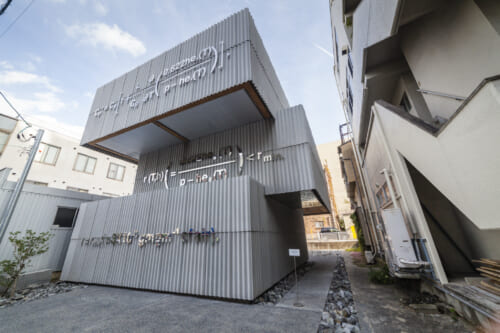
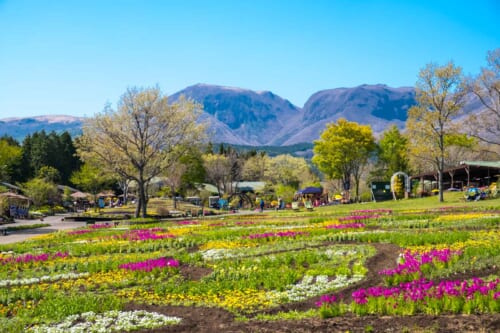


No Comments yet!